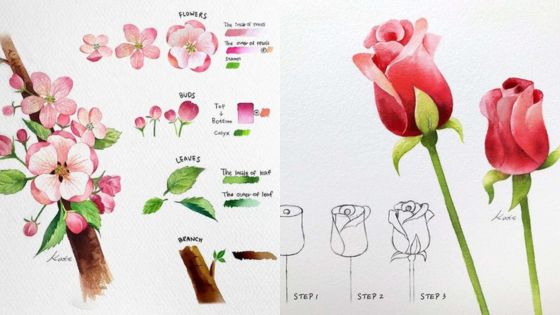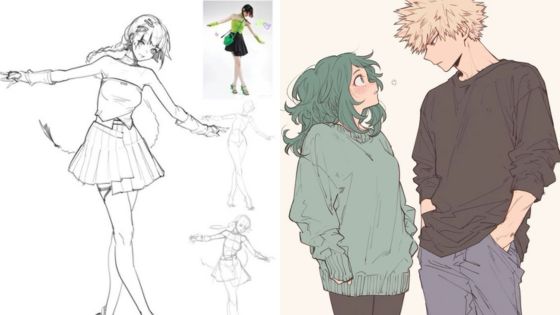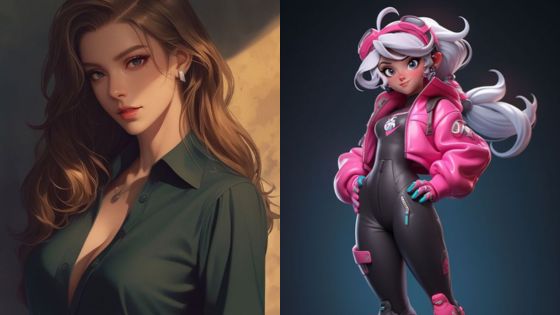Portrait drawing is more than just a technical skill; it’s an opportunity to capture the essence and spirit of your subject. By employing the right techniques and approaches, you can convey emotions and forge a connection that makes your artwork resonate deeply. Understanding the fundamentals of portrait drawing allows you to express not only the physical traits of a person but also their inner character.
To achieve this, you will explore various methods for rendering expressive features that bring your subject to life on the page. Balancing technique with personal artistic style can transform a simple drawing into a powerful representation. Every stroke you make plays a role in revealing the unique story of the individual you are depicting.
The journey of mastering portrait drawing is both challenging and rewarding. Embrace the process, and watch as your abilities grow, allowing you to capture not just likeness, but the very essence of those you portray.
Key Takeaways
- Mastering the essentials of portrait drawing enhances your ability to connect with your subject.
- Emotional expression is key to rendering features that engage viewers.
- Developing a personal artistic style adds depth and individuality to your portraits.
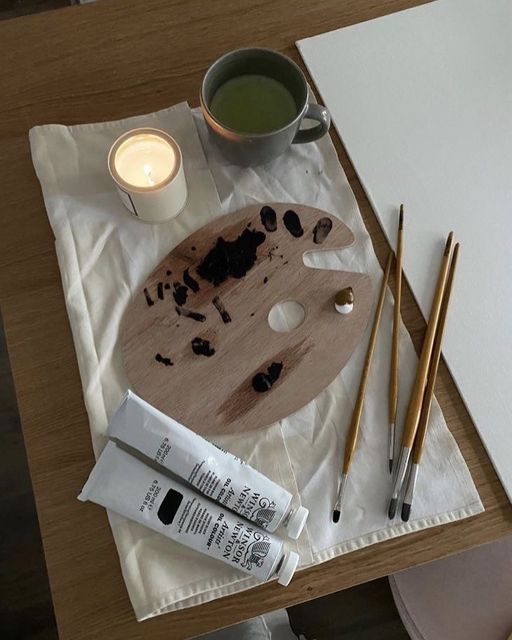
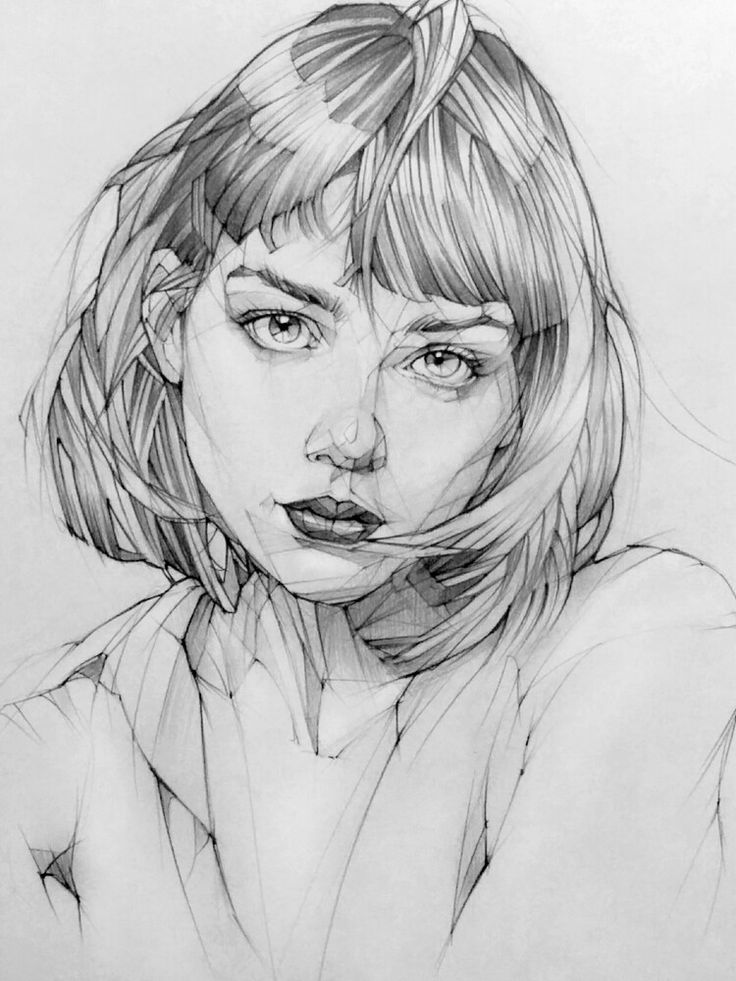
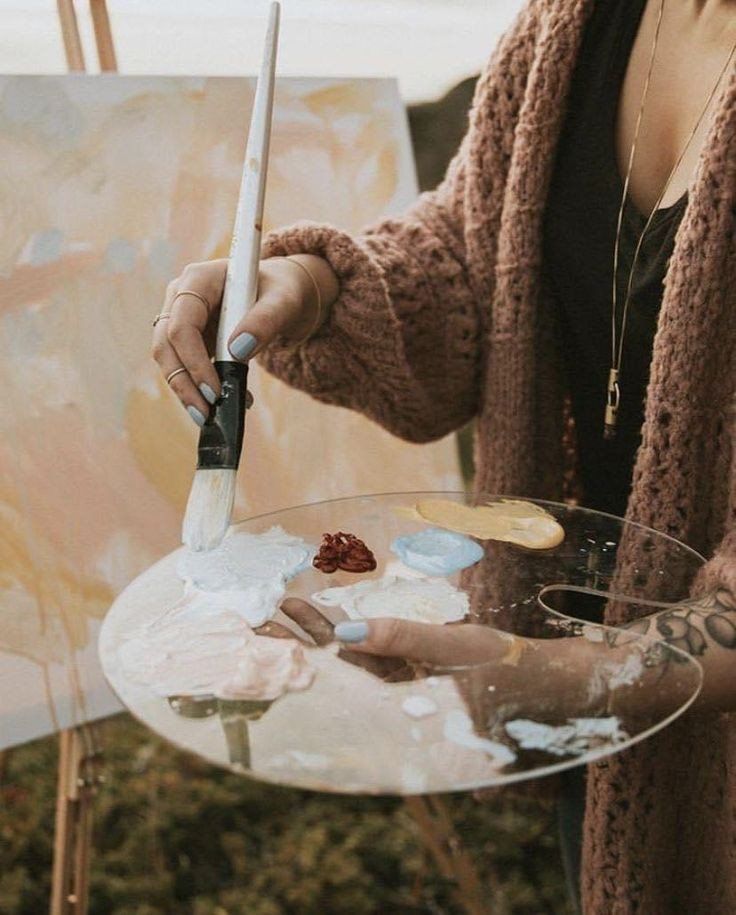
Essentials of Portrait Drawing
Portrait drawing requires a mix of technical skills and an understanding of your subject. Key aspects include mastering proportions, effectively using light and shadow, and employing skilled sketching techniques.
Understanding Proportions
Proportions are fundamental to achieving realism in portrait drawing. Start by observing the basic structure of the face. You can use the following proportional guidelines:
- The face can be divided into equal thirds: forehead to eyebrows, eyebrows to bottom of the nose, and bottom of the nose to the chin.
- The eyes are typically located halfway down the head.
- The width of the face can be captured by measuring the distance between the eyes.
Use a light pencil to create a basic outline, marking key points. This foundational structure guides you in placing features accurately, enhancing the overall likeness of your subject.
The Role of Light and Shadow
Light and shadow add depth and dimension to your portrait. Understanding how light interacts with the form is crucial. Begin by identifying the light source in your drawing space.
To effectively apply light and shadow:
- Use shading techniques like hatching and cross-hatching to model features.
- Observe where shadows naturally fall, particularly in areas like under the chin or around the nose.
- Texture can be added using varying pencil pressures.
Practicing with different types of paper can enhance your shading. For smoother transitions, use heavier paper that can hold more graphite.
Skilled Sketching Techniques
Mastering sketching techniques is essential for effective portrait drawing. Start with quick gesture drawings to capture your subject’s essence. This warms up your hand and sharpens your observational skills.
When starting your portrait:
- Work with light pencil strokes to outline features. Focus on the most striking aspects of the subject’s face.
- Gradually build detail, always comparing proportions as you go along.
- Utilize blending tools, like tortillons, to soften harsh lines and create more natural textures.
Drawing from life provides the best practice. It sharpens your vision and improves your ability to express form accurately.
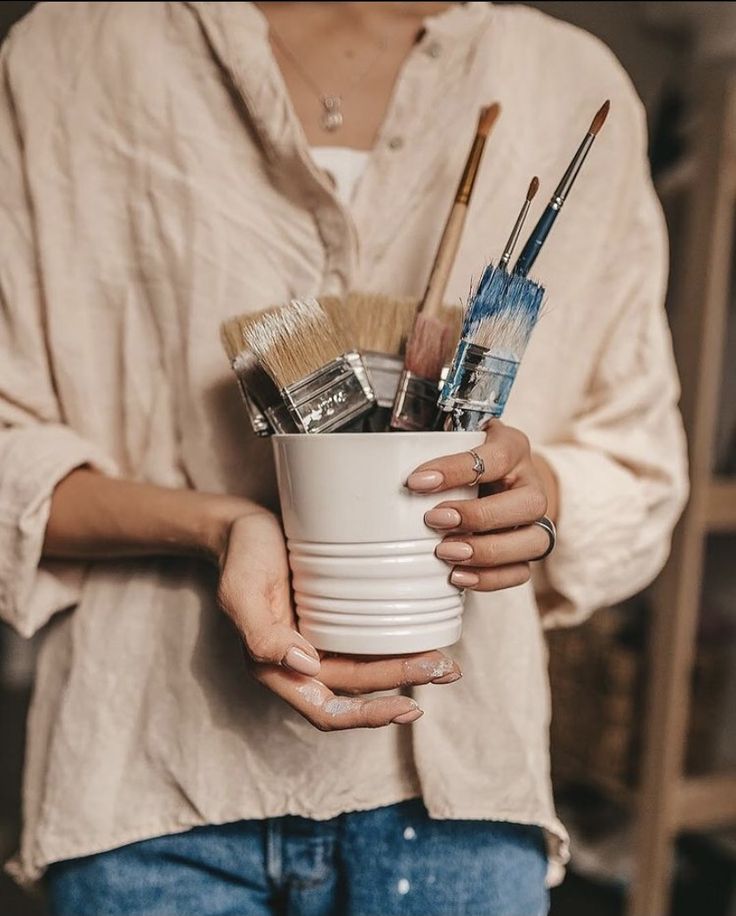
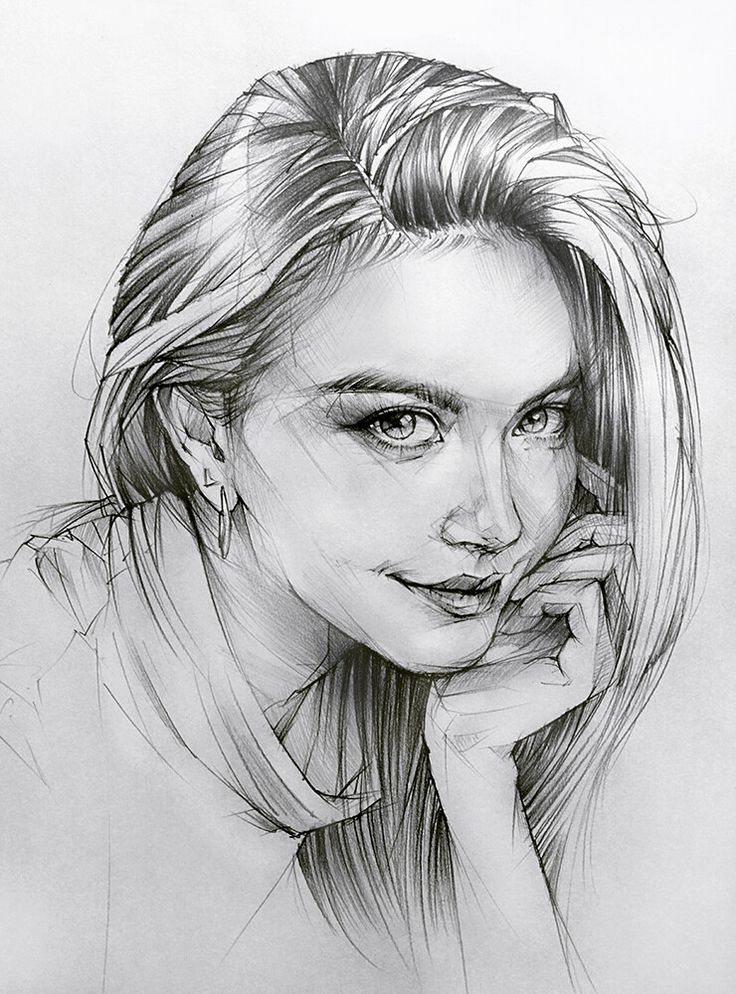
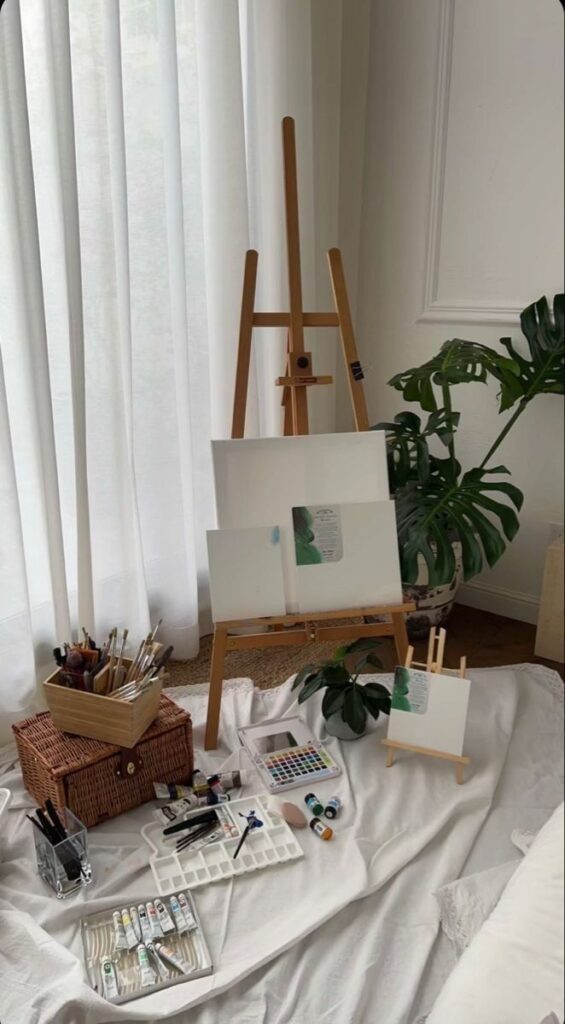
Rendering Expressive Features
Rendering expressive features is essential for creating impactful portraits. Focusing on the eyes, mouth, and overall facial expressions allows you to convey deeper emotions and capture the essence of your subject.
Capturing the Eyes and Gaze
The eyes are often described as the windows to the soul. In portrait drawing, they should reflect not only the physical characteristics but also the subject’s emotions. Pay attention to the shape, size, and placement of the eyes.
Use a variety of techniques to depict the gaze. For a piercing look, make the irises distinctly visible and add highlights for depth. Alternatively, half-closed eyes can convey relaxation or contemplation. Varying the intensity of your strokes can emphasize the emotional weight carried by the gaze. Remember that small details, like eyelashes and eyebrows, also enhance expressiveness.
The Mouth and the Smile
The mouth is a crucial aspect of emotional expression. A relaxed mouth can suggest calmness, while a tightened jaw may indicate tension. Pay attention to the subtle nuances in the way lips curve, as they significantly impact your portrayal.
To depict a smile, consider the entire face; a true smile involves the eyes, which should crinkle slightly at the corners. Use soft lines for gentle smiles and sharper angles for more pronounced expressions. The use of tonal variation can add depth, suggesting shadows and highlights that provide dimension to the lips.
Expressing Emotion Through Facial Expressions
Facial expressions encompass a range of emotions, from joy to sorrow. Capturing these emotions accurately requires careful observation and practice. Analyze different facial structures and how they convey various feelings.
Focus on key markers: raised eyebrows can indicate surprise, while furrowed brows suggest anger or concentration. Each expression can be broken down into specific components. For instance, a joyful expression typically features slightly raised eyebrows, wide-open eyes, and an upturned mouth. Practicing these details will enhance your ability to create portraits that resonate emotionally with the viewer.

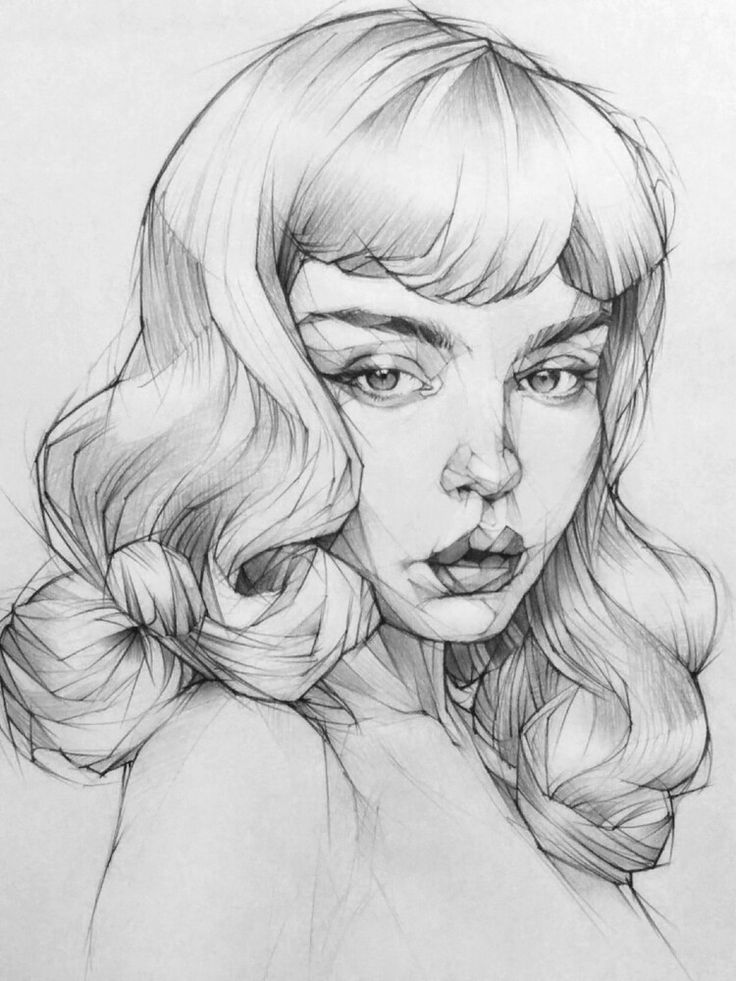
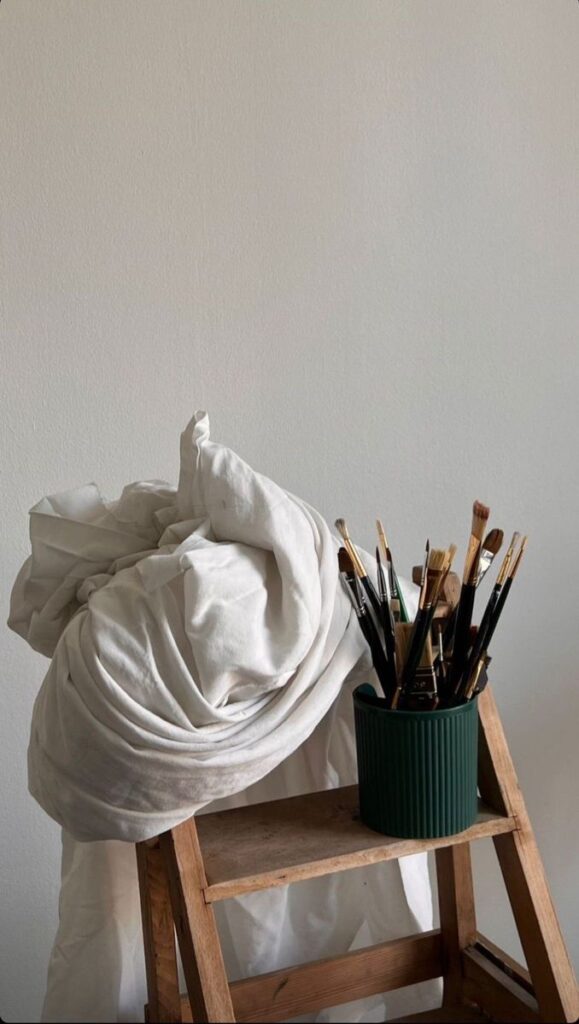
Artistic Styles and Approaches
Portrait drawing encompasses diverse artistic styles and approaches, allowing artists to express individual interpretations and emotional depth. Understanding these styles enhances your ability to capture the essence of your subject.
Realistic Versus Abstract Portraits
Realism prioritizes technical skill and accurate likeness. Artists like Leonardo da Vinci and Rembrandt mastered observation skills to create lifelike depictions, showcasing texture and detail. Realistic portraits often highlight emotional narratives through their accurate representation.
In contrast, abstraction emphasizes form and color over precise likeness. Abstraction invites viewers to engage with the subject on a different level, using elements like color and contrast to evoke feelings rather than just replicate reality. This style can convey deeper themes or personal expressions while departing from traditional representations.
Impact of Color and Contrast
Color plays a vital role in conveying mood and creating depth in portrait drawings. Warm colors might evoke feelings of comfort, while cool tones can impart a sense of distance or melancholy. You can use contrasting colors to draw attention to specific features or create striking visual effects.
Contrast, especially through techniques like chiaroscuro, enhances three-dimensionality. It allows you to highlight particular areas of the portrait, guiding the viewer’s eye. Balancing light and shadow effectively can significantly alter the perception of the portrait, making your subject appear more dynamic and engaging.
Historical Influences on Portraiture
The history of portraiture shows how styles evolve in response to cultural shifts. Artists like Raphael introduced elegance and beauty that highlighted the aesthetic preferences of their time. Techniques and philosophies from different eras influence modern approaches to portrait drawing.
For example, the Impressionist movement brought a focus on light and the transient nature of moments, impacting how you might approach your own work. Studying these historical contexts provides rich insights into how you can incorporate various techniques and styles into your practice, enhancing your artistic repertoire.
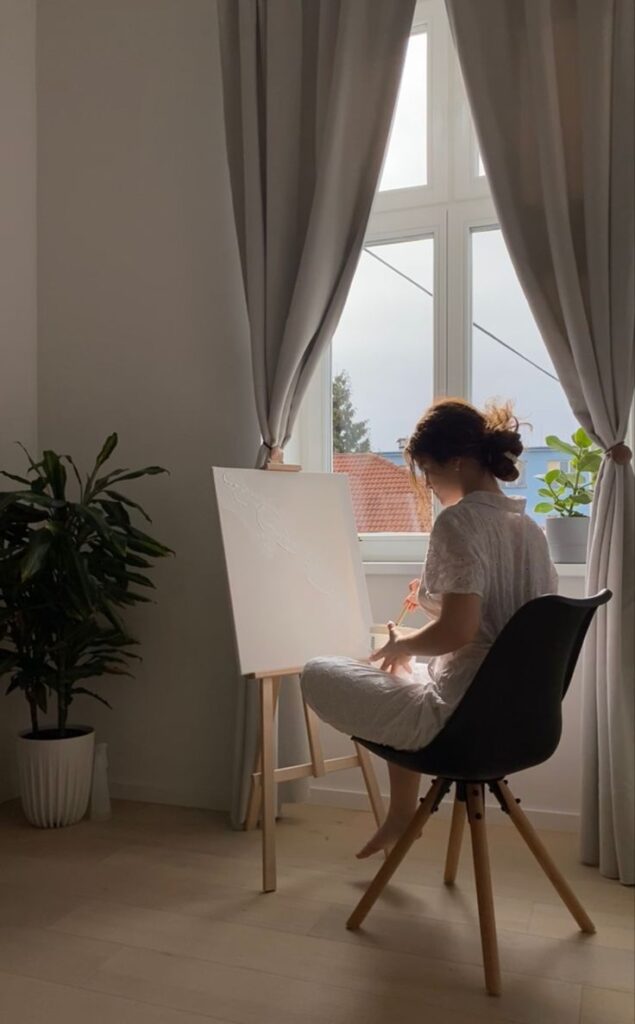
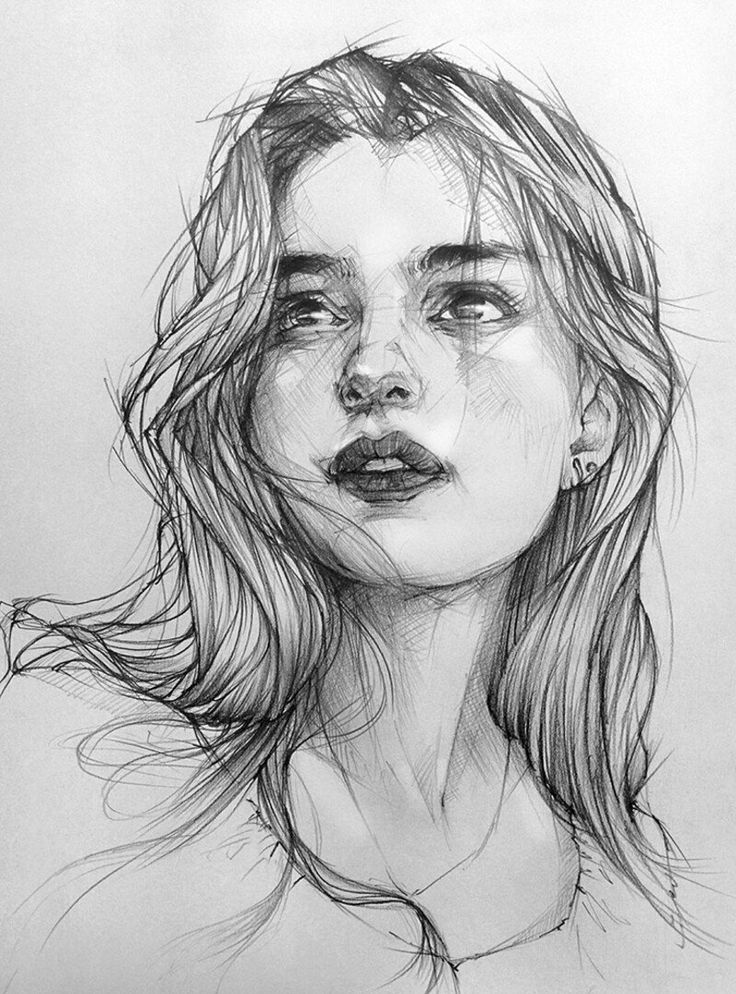
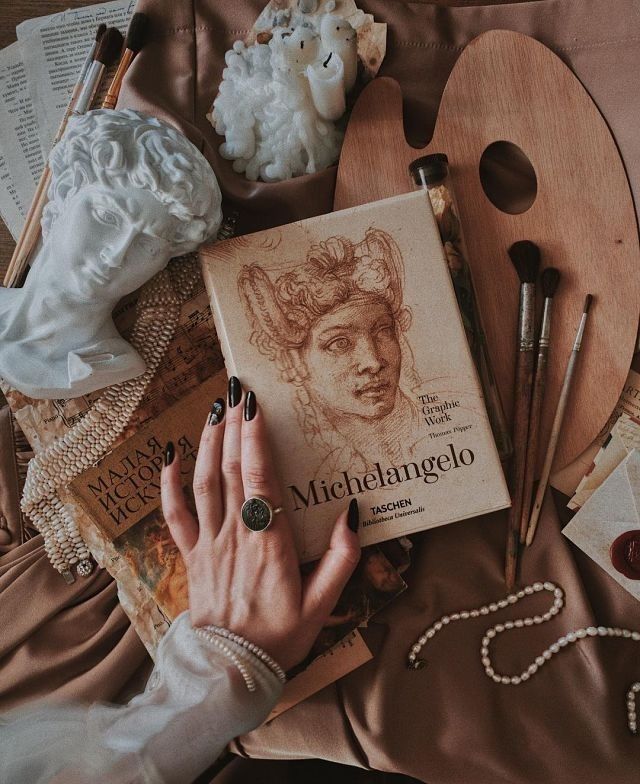
Completing the Portrait
As you approach the final stages of your portrait drawing, attention to detail is crucial. This includes implementing final touches and ensuring proper presentation to enhance the overall effect of your art.
Final Touches and Details
In this phase, focus on adding highlights and refining textures. Use soft tools for blending to create a smoother finish, while sharp pencils can help define sharper shadows.
Consider how shading enhances your subject’s features and brings depth to the piece. Pay particular attention to the body language of your subject. Small adjustments can make the portrait more lifelike, reflecting their identity and inner world.
Think about the composition and make subtle modifications to enhance the connection between the viewer and the subject. Feel free to revisit and modify aspects that don’t capture the true spirit of your subject.
Presentation and Framing
The way you present your portrait can significantly impact its perception. Framing should complement your work without overpowering it. Choose a frame that enhances the character of the portrait, keeping in mind the color palette you’ve used.
Consider lighting techniques that may affect how the portrait is viewed. Natural light highlights the artwork’s details and contributes to a realistic appearance. Using a shallow depth of field can also draw focus to the subject while providing a soft background.
Post-processing can include varnishing or using protective measures to preserve your drawing. Each of these elements contributes to revealing the significance of the portrait and enhancing the viewer’s experience.
- 50shares
- Facebook0
- Pinterest50
- Twitter0
- Reddit0
